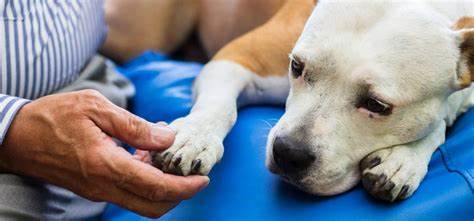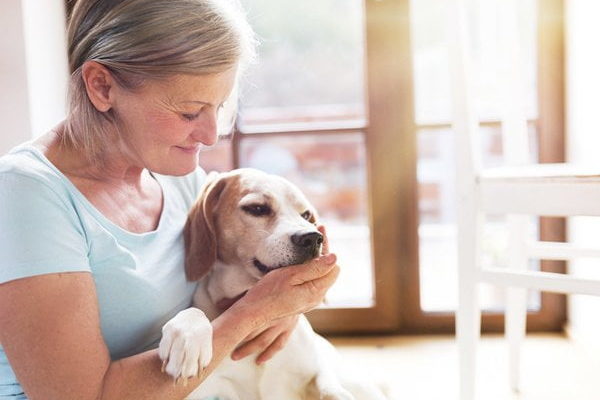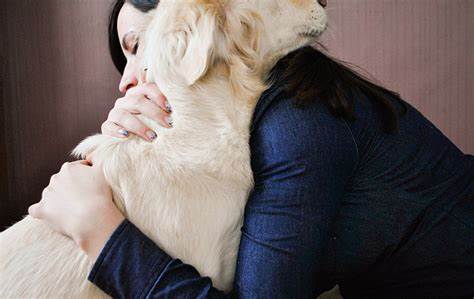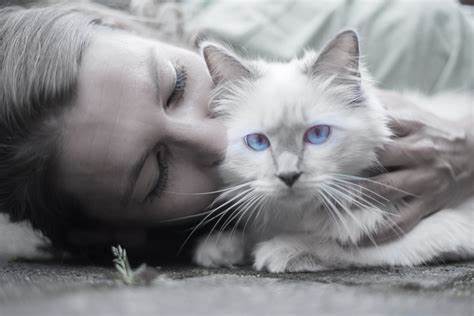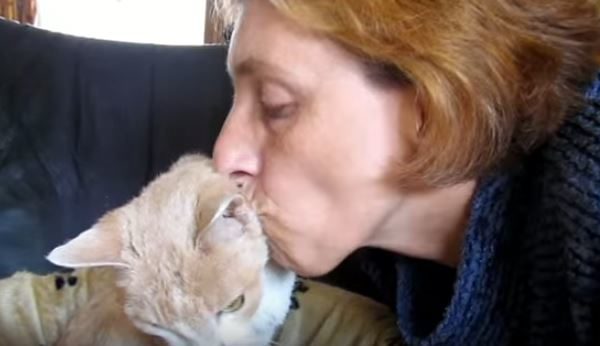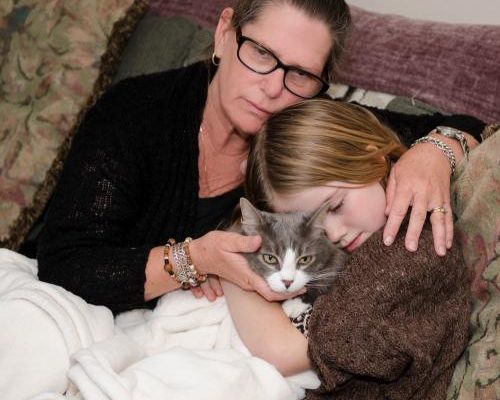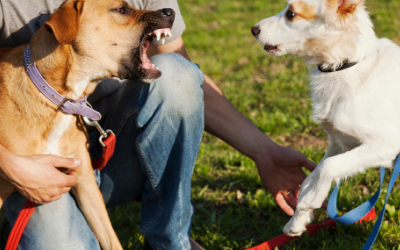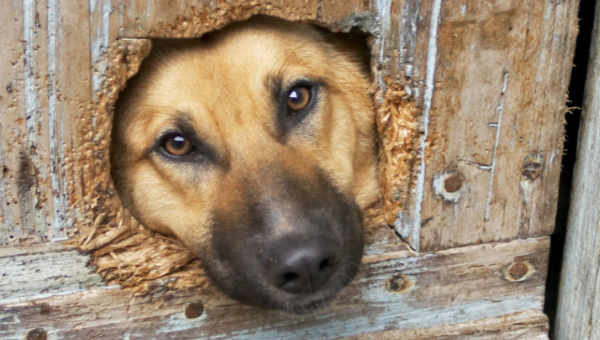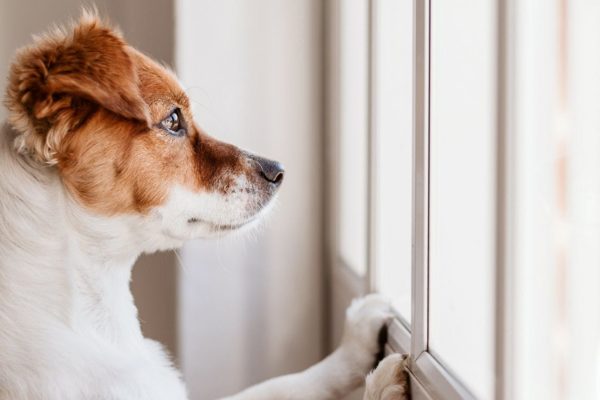
WHAT IS GRIEF?
Grief is a healthy and normal response to loss. Attempting to suppress grief can actually prolong the grieving process. Grief can feel like being lost. The familiar things we relied on to live each day are gone. It is also common to replay the last moments of your beloved pet’s life repeatedly in your mind.
No one can provide a magic cure for grief. When grief is new, it is common to feel exhausted: physically, emotionally, and spiritually. Changes in appetite, sleeping patterns, or health are frequently reported. Those who are grieving often describe feelings of being out of control, isolation, and loneliness. Things that seemed so important before may now seem trivial. Others may experience a sense of “life isn’t fair” or being in a tunnel or fog. All of these feelings are normal and part of the grieving process, which follows no organized plan or schedule. Don’t be surprised if you start to feel better, and then feel as if a wave has hit you. There will be ups and downs in the process of grieving.
The purpose of healthy grieving is not to “get over” the death of a loved one, but to integrate the experience of a pet’s death into present life. In this process, it is not unusual for certain memories of your beloved pet to become blurred. This does not mean that you are forgetting your best friend or that your love is diminished. The truth is, you will ALWAYS love this very special member of your family. The hope is that as time goes on, the feelings of sadness will become less difficult. Eventually, the hope is that you will be able to talk and even smile or laugh at good memories.
Consider speaking to your doctor or a mental health professional if these symptoms continue for more than a year after your beloved pet’s passing.
We also have books that we can give you that HELPS YOU PREPARE FOR THE LOSS OF YOUR PET or another one that helps you COPE WITH THE LOSS OF YOUR PET. In this book there are also tips on dealing with guilt, how to help children grieve and how to celebrate or honor your pet.
A good resource for pet loss and grieving we recommend going to www.pettrust.ca/petlossresources








